What can be planted after dill next year, and what not
Dill, which is dried, frozen, used fresh, often, like a weed, spreads throughout the garden, drowning out carrots or parsley. It happens, on the contrary, the seeds do not germinate, and if sprouts appear, then they are thin and weak. Summer residents who are trying to remove unpretentious greens from the site are interested in what to plant after dill, whether strawberries will grow next season or is it better to sow beets, leave room for potatoes or tomatoes.
Is crop rotation important for dill?
An annual herb from the umbrella family is found in the wild in Asia and is grown in vegetable gardens all over the world. Due to the aroma, it is used as a seasoning, medicinal properties are used in medicine. The dill stem reaches a meter or more in height, easily drowns out vegetable crops. He is undemanding to care, is not afraid of small frosts, adores:
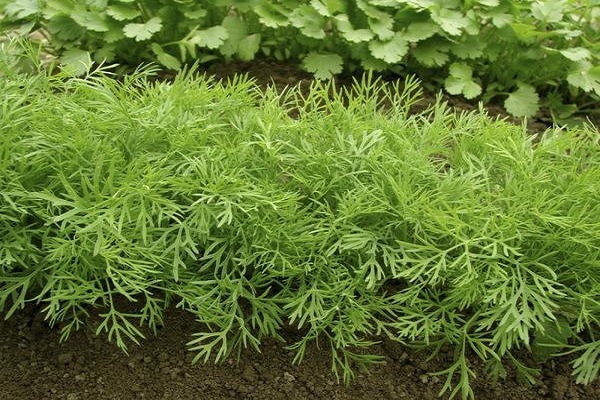
- moisture and body;
- sunlight;
- fertile land.
Heavy and acidic soil does not like fragrant perennials, it does not always grow on such soil.
To achieve a good harvest of vegetables, crop rotation must be observed. The culture gets the maximum of useful components from the soil when the place for planting and sowing is regularly changed. In addition, what is grown nearby is also important. Some vegetables have the same diseases, they are affected by the same insects.
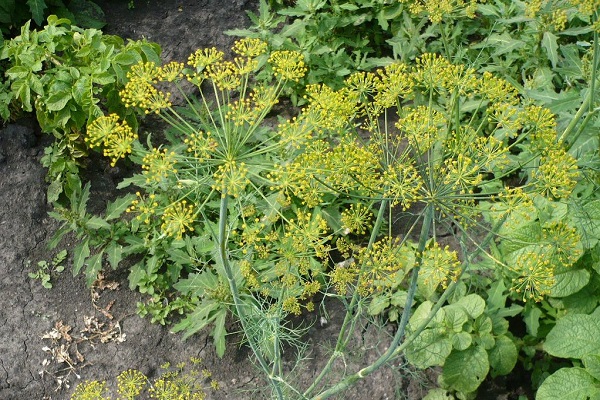
Green seasoning is less demanding in terms of crop rotation, however, it suffers from aphids, which are very difficult to remove. The invasion of these insects often ends in the death of the culture. To solve the problem, the garden must be planted with onions, the pest does not tolerate it. Next year, dill can be sown at this place. It is recommended to grow it:
- after tomatoes and cucumbers;
- cabbage and peas;
- corn and beets.
Garlic, which kills spores of fungi that infect vegetables, is also a good precursor for aromatic greens. Dill sown in this place, grows together, is less sick, gives a decent harvest.
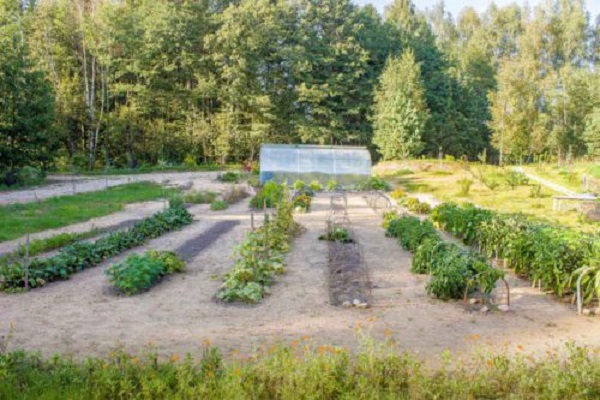
Garden neighbors
Gardeners who have been growing vegetables for more than one year know which crops need to be planted nearby so that they grow and bear fruit better. Thanks to the right neighborhood:
- The land plot is rationally used.
- The soil is less depleted.
- Reduces the amount of processing chemicals.
- Plants are less likely to get sick.
- The yield increases.
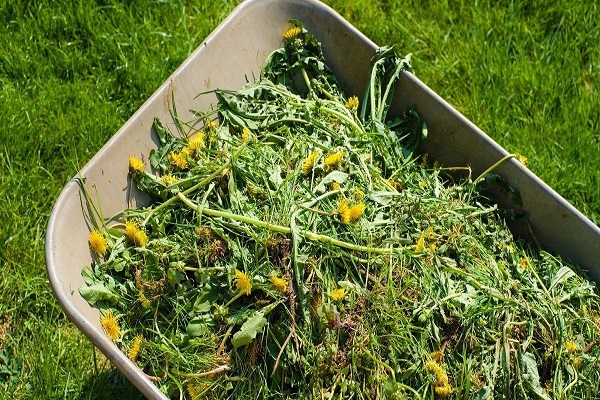
A successful combination of vegetables can not only protect them from pests, but also affect their characteristics. Thanks to the proximity of the sunflower, the cucumbers crunch, turn out sweet. Spicy herbs add aroma to tomatoes, improve the taste of tomatoes.
Dill can be sown next to beans, onions, fennel.When planted with cabbage, the cruciferous plant suffers less from insects. Tall umbrellas hide the cucumbers from the heat. Sunflower will be a good neighbor of greenery.
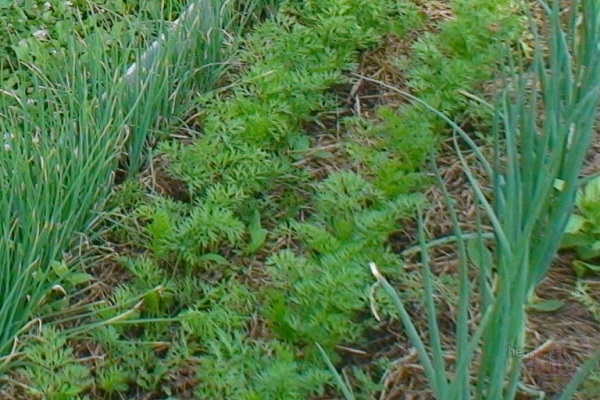
Potato leaves are the main food for Colorado potato beetle larvae. The striped arthropod does not like the smell of dill. Some gardeners sow it between the rows, the tall bushes of the nightshade culture are not drowned out by the spicy grass, and the tops are less affected by the pest.
What to plant after dill?
Potatoes, corn, sunflowers greatly deplete the soil. In order for the earth to "rest" and be saturated with nutrients, they sow greenery. Gardeners claim that after dill, zucchini, squash, pumpkin grow well. It is best to plant it in the place where the crops were grown:
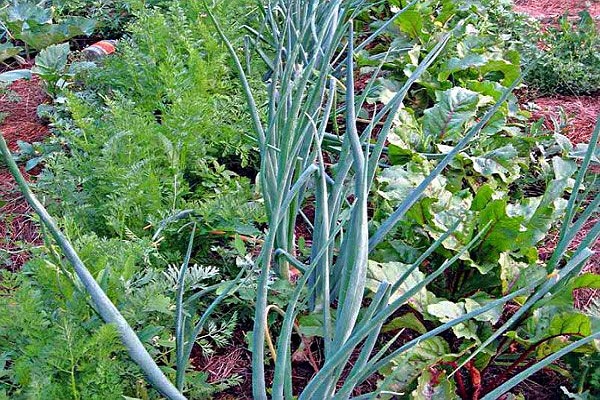
- salad;
- eggplant;
- tomatoes.
Cucumbers, like umbrella cucumbers, suffer from aphid infestation. You can place them after dill if it was sown in the garden where garlic or onion used to grow, since plants scare off such insects.
Green culture serves as a good predecessor for peppers, cabbage, potatoes, peas, beans.
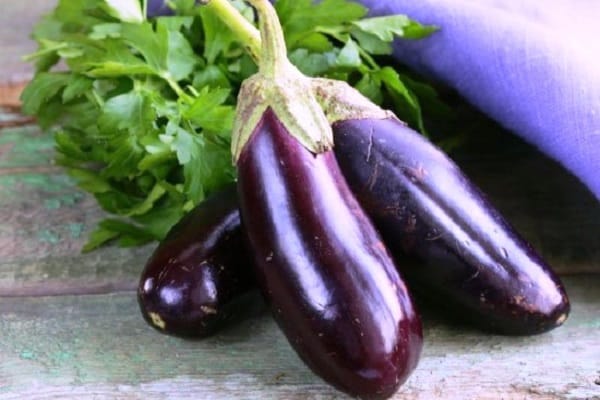
What can not be planted after dill?
Plants that belong to the same family are usually affected by similar diseases, suffer from the same pests. The umbrella list includes:
- parsley and coriander;
- cilantro and cumin;
- fennel and parsnip:
It is impossible to plant these crops after dill. Experienced gardeners in the vicinity of the spice do not grow tomatoes, do not sow, basil, carrots, lettuce. Vegetable growth slows down as the greens drown them out.
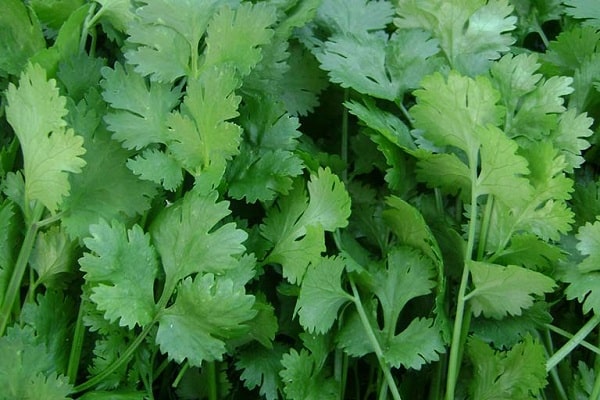
Dill, like other crops, is not recommended to be planted in one place for several years:
- The culture takes nutrients from the soil. For the next season, these components will not be enough.
- The products of its vital activity are collected in the soil, which impede the development of the plant.
- Favorable conditions are created for increasing the number of pests and the occurrence of diseases.
Observance of crop rotation, the right neighborhood helps to avoid major problems and grow a rich harvest of tomatoes, and eggplants, and potatoes, and greens.
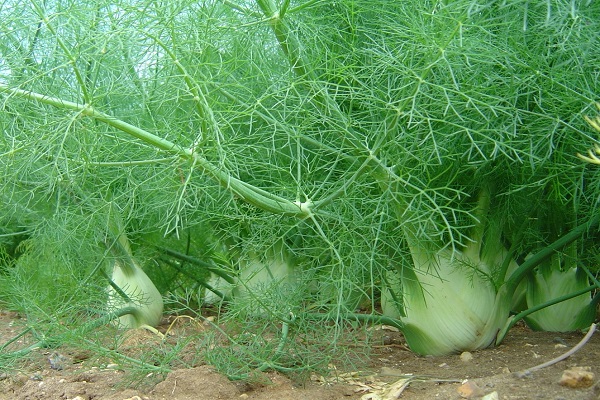
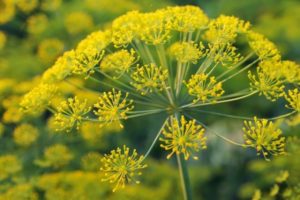
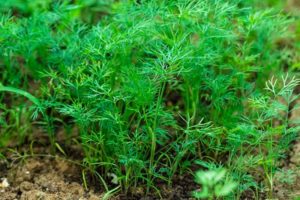

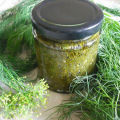

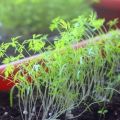
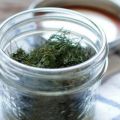
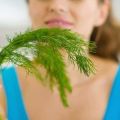


I have not received an answer to my question - is it possible to plant garlic after dill.?
There are no direct contraindications to this experiment. It is not recommended only to plant dill in the same place many times in a row, this draws useful substances from the soil. Even the same plants are equally sick. Garlic is often planted next to other crops to repel pests and protect neighbors.
Therefore, it is quite possible to plant garlic after the umbrella.